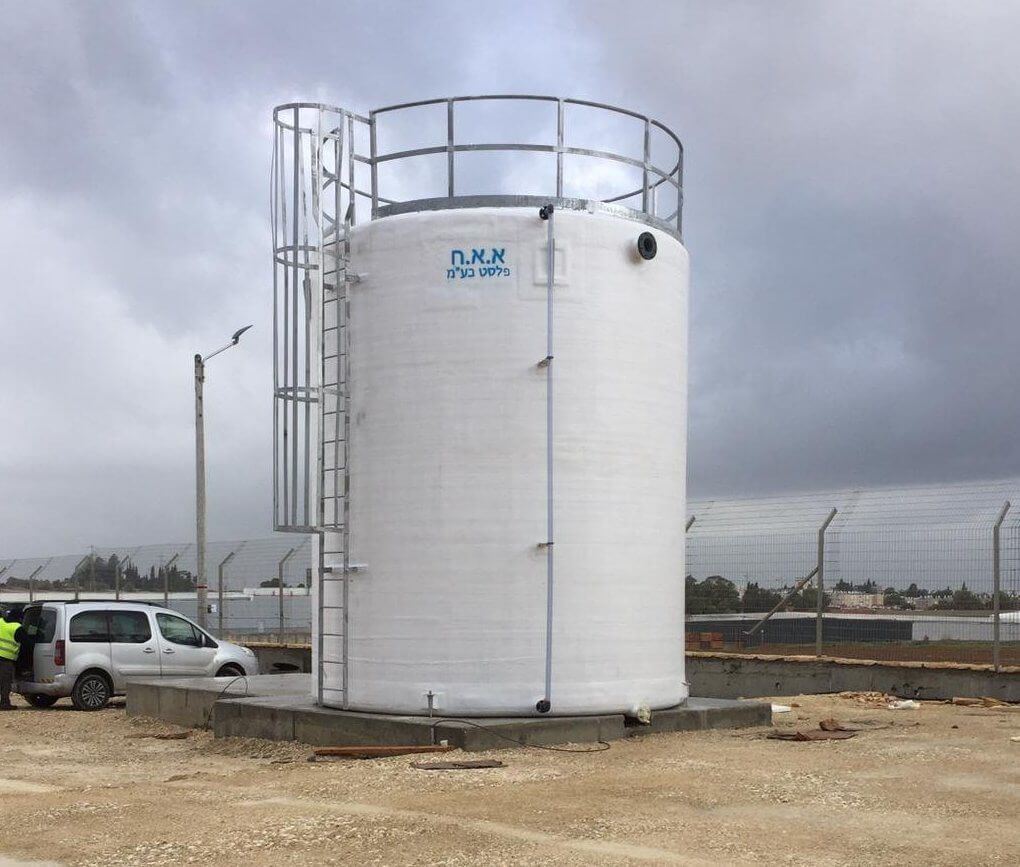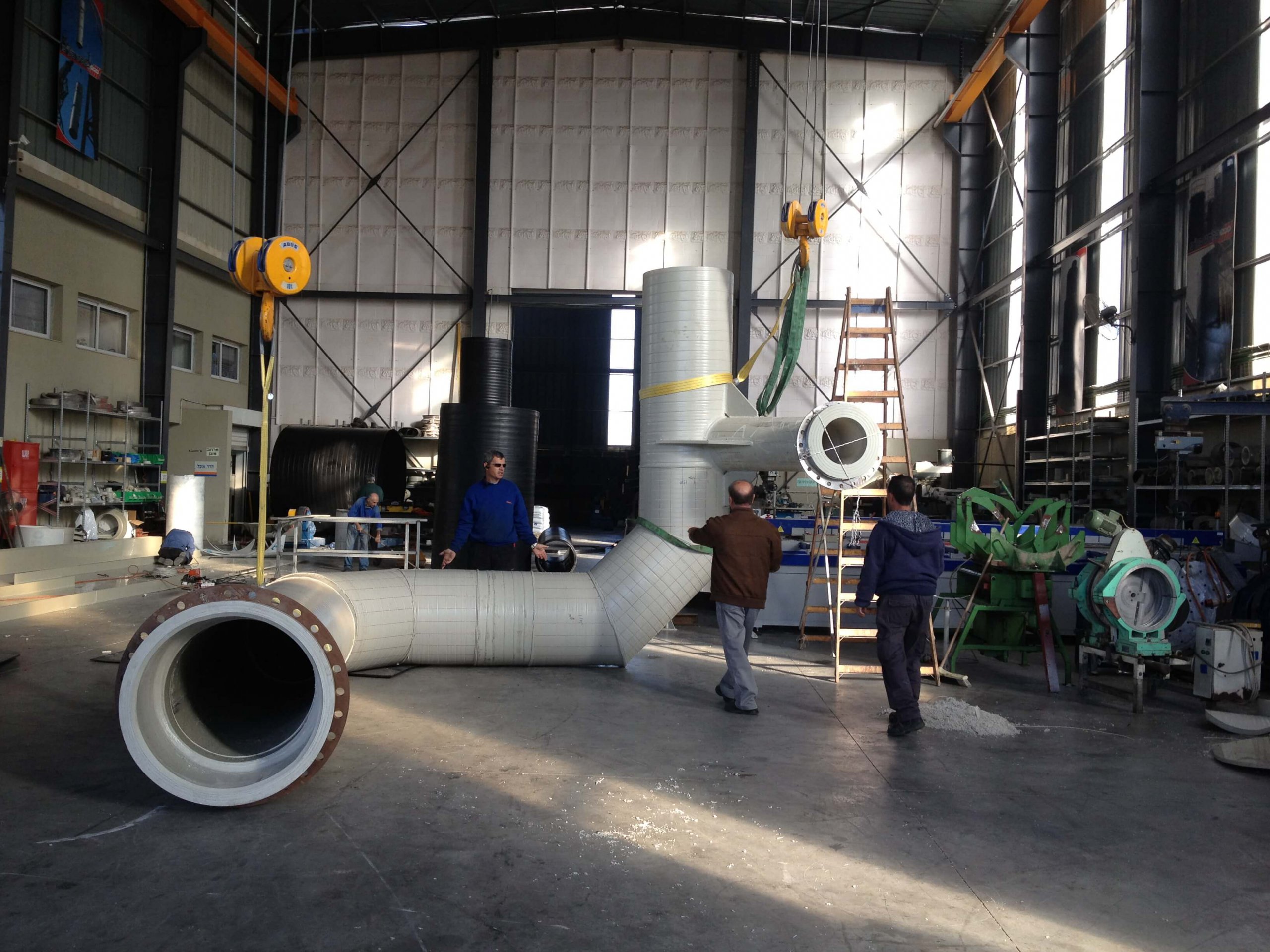Water tanks serve the crucial purpose of collecting and storing water for later use, utilized both in private residences and public establishments. Especially in regions like Israel, where water scarcity is a pressing issue, the significance of water tanks cannot be overstated. However, many individuals are unaware of the maintenance requirements or even the materials used in constructing these tanks.
Understanding Water Tanks:
A water tank, essentially a large plastic container, facilitates water storage, hence its designation as a storage tank. Available in various sizes to accommodate diverse needs, these tanks are predominantly constructed from fiberglass, a material known for its durability and longevity.
Exploring Fiberglass:
Fiberglass comprises thin glass fibers and is renowned for its resilience. Widely employed in various industries, fiberglass finds applications in producing fireproof fabrics in the textile sector and manufacturing pipes and plumbing fixtures in heavy industries. Its reinforcement properties make it invaluable in the field of plastics.
Maintenance Essentials: Cleaning and Disinfection:
Proper maintenance is essential to ensure the longevity and hygiene of water storage tanks. According to Ministry of Health guidelines, tanks connected to building water systems must undergo regular circulation with the drinking water supply. Moreover, tanks should be washed and thoroughly disinfected at least once a year to prevent contamination. It’s imperative to seal tank openings securely to prevent the ingress of foreign matter and discourage nesting by birds.
Structural Considerations:
In shared buildings, tank bottoms should be sloped toward a drain pipe with a rust-resistant lid and locking mechanism. Tank surfaces must be smooth, facilitating easy cleaning, and coated with materials approved for potable water. Piping should be located outside the tank, and ventilation ensured through a downward-facing pipe fitted with a galvanized mesh. Tank lid openings should be elevated above the roofline, and roofs adequately drained to prevent water accumulation.
By adhering to these maintenance and structural guidelines, water tank users can ensure the efficiency, cleanliness, and longevity of their storage systems, contributing to water conservation efforts and public health safety.




